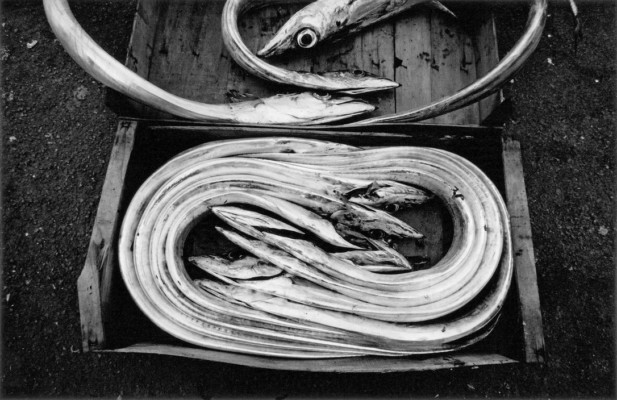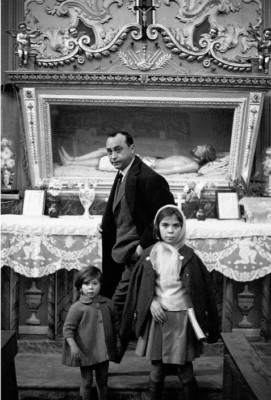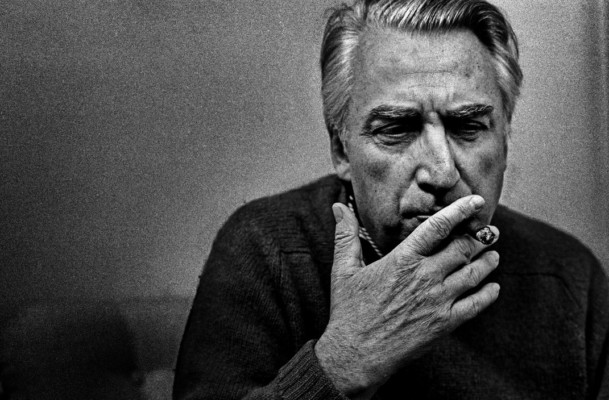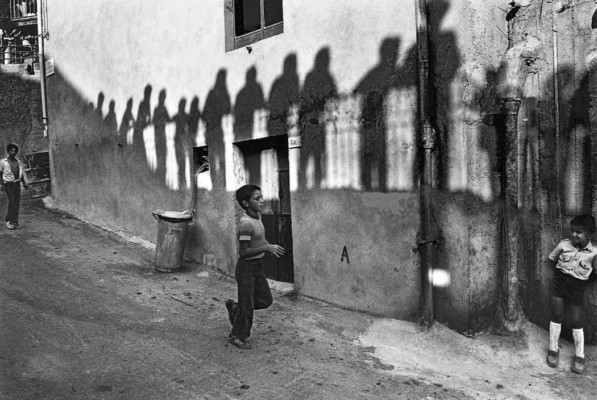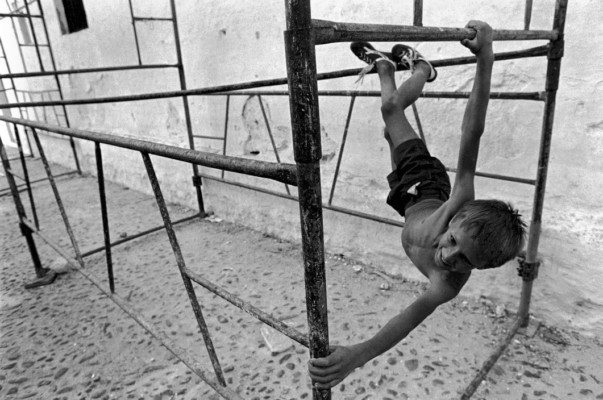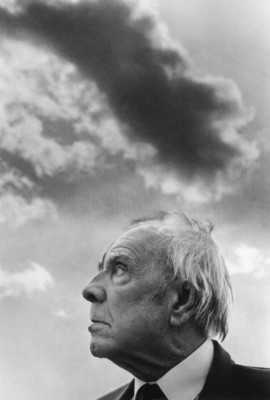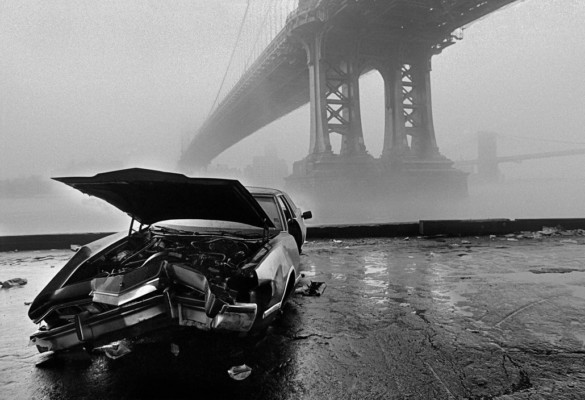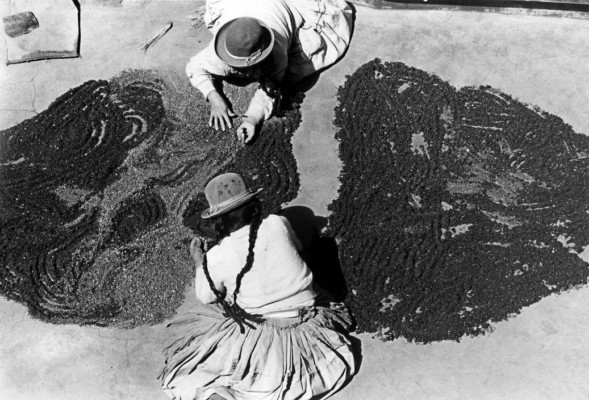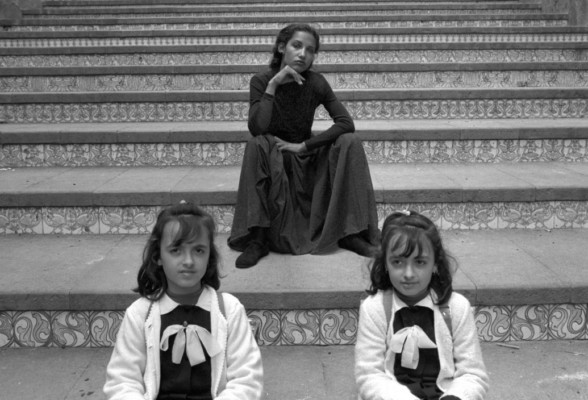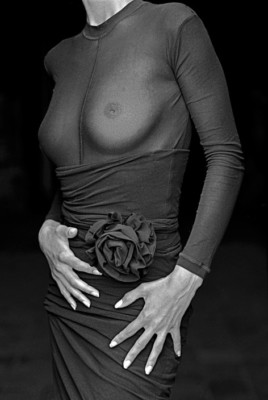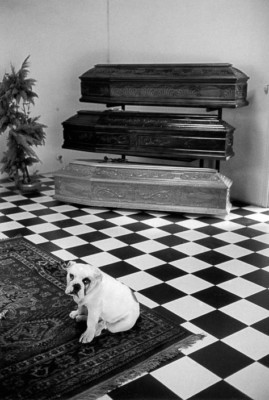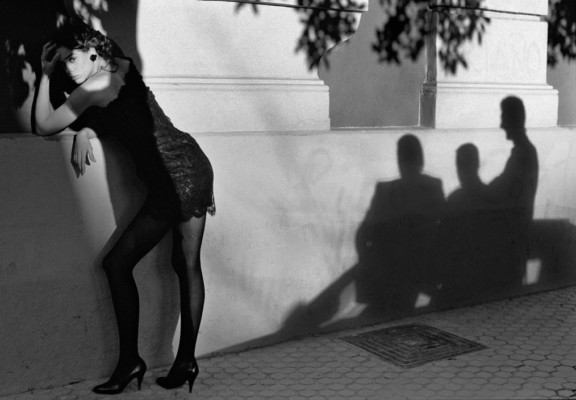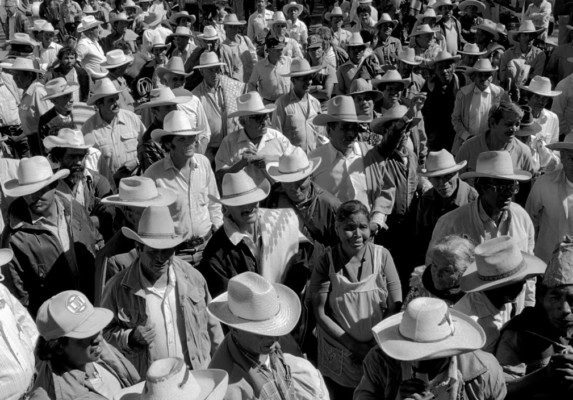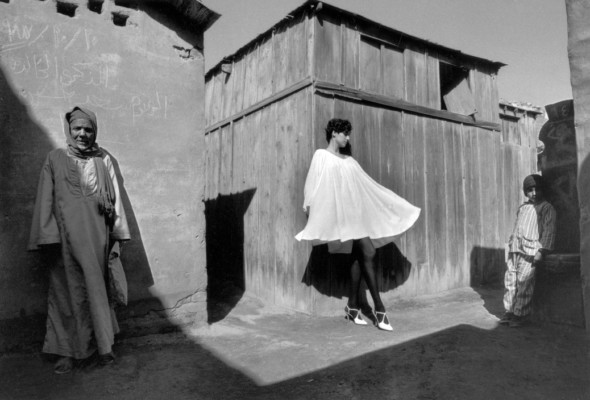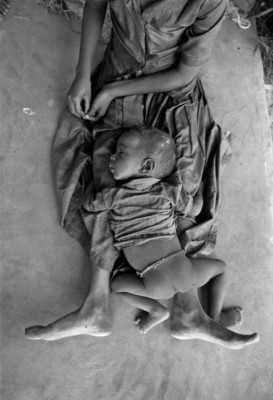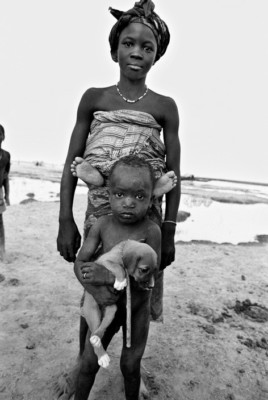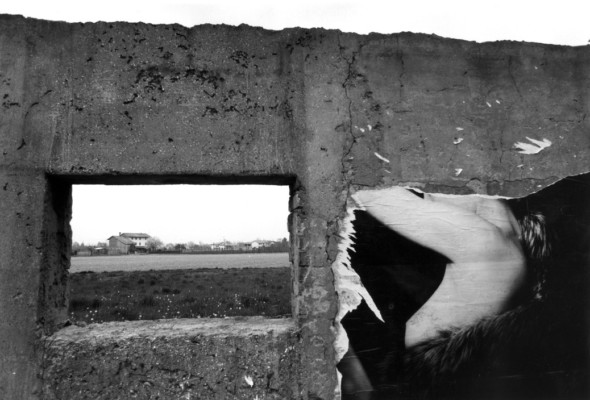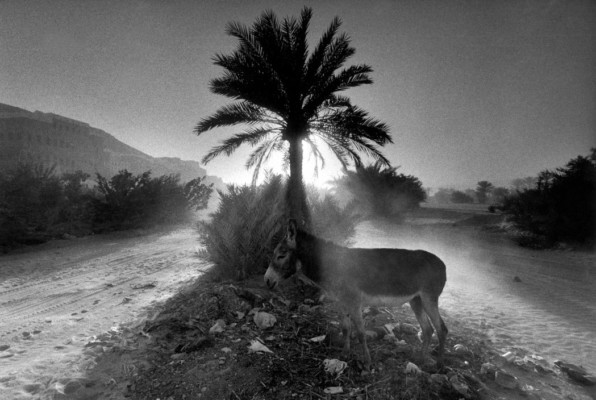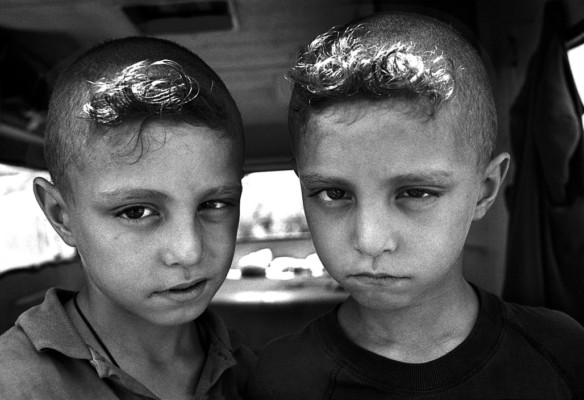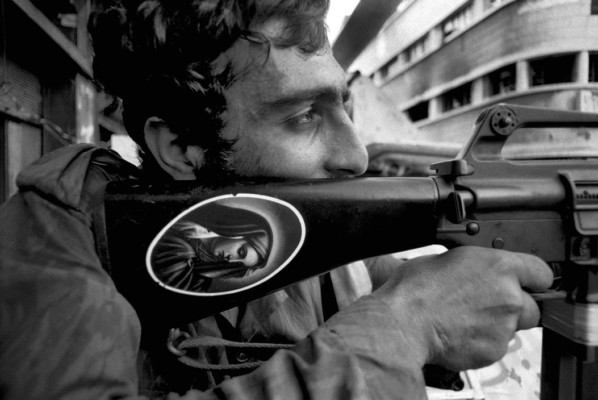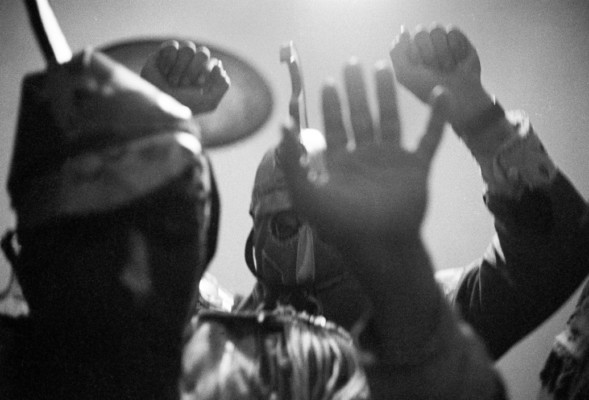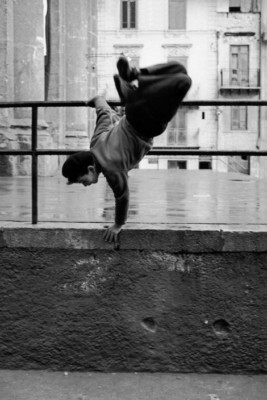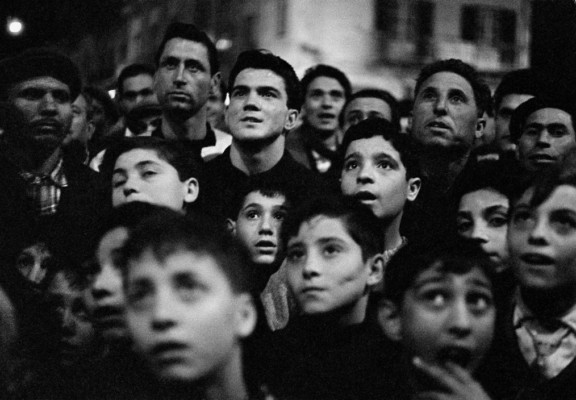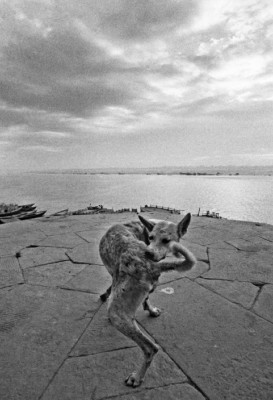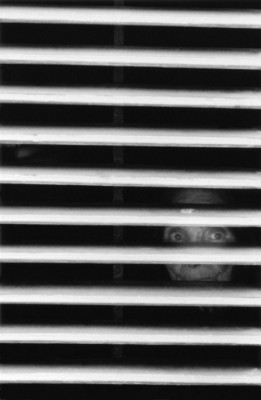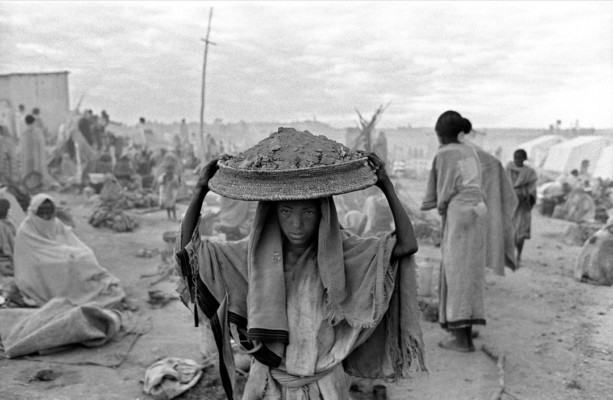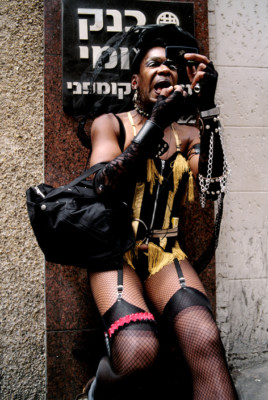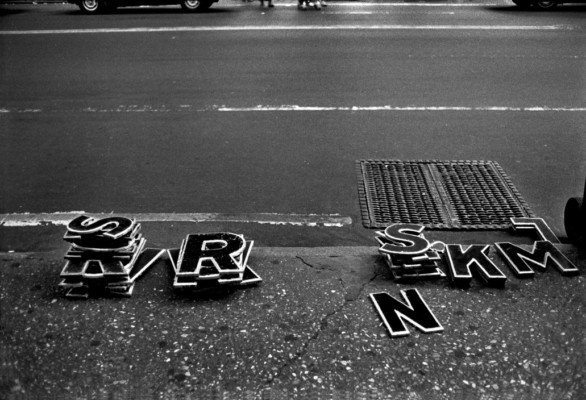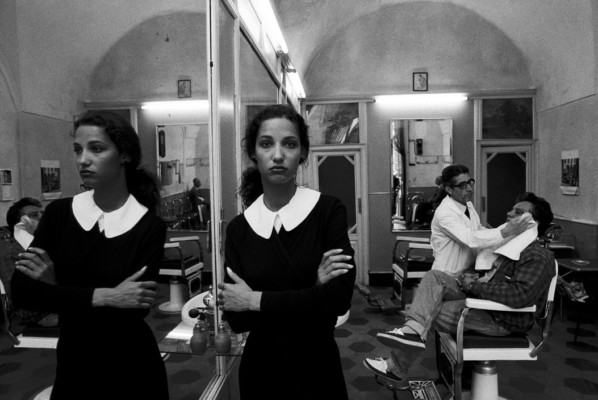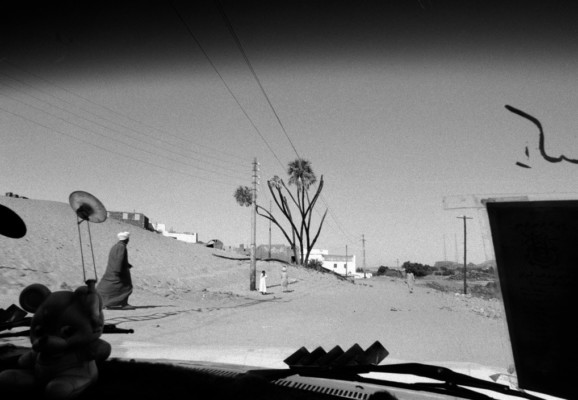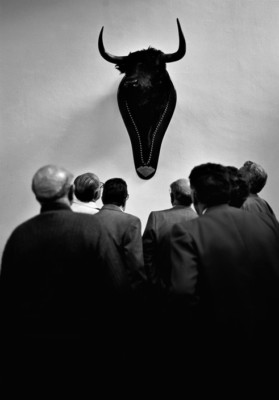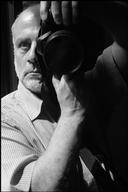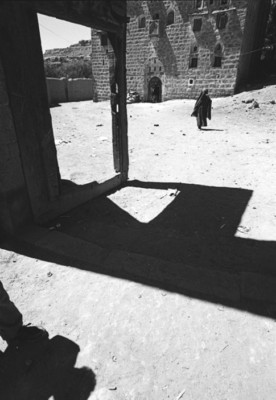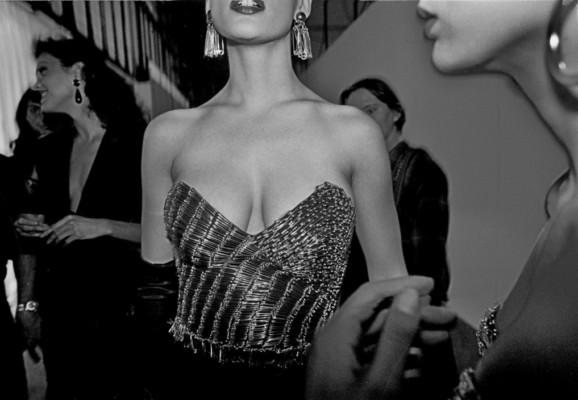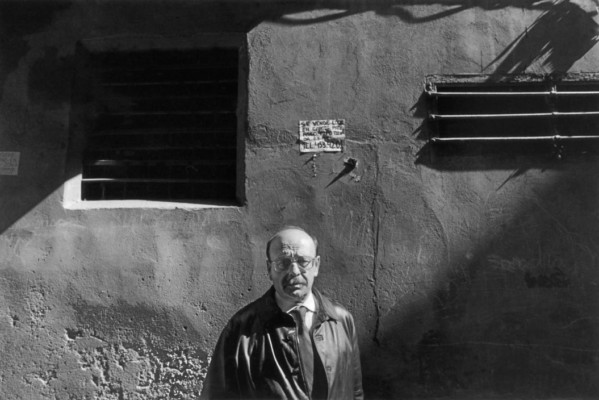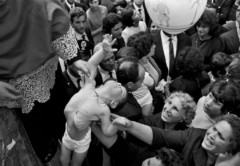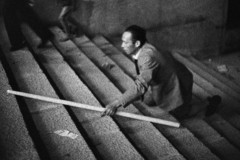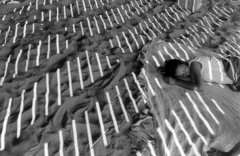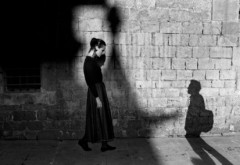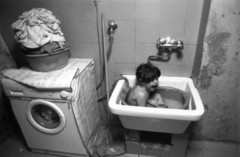After spending the first 22 years of his life in Sicily, Ferdinando Scianna became a specialist in the Sicilian way of life and spent many years documenting the culture of the island
"A photograph is not created by a photographer. What they do is just to open a little window and capture it. The world then writes itself on the film. The act of the photographer is closer to reading than it is to writing. They are the readers of the world."
- Ferdinando Scianna
Ferdinando Scianna was born in Italy in 1943. He studied literature, philosophy and art history at the University of Palermo. It was at this time, in the 1960s, that he started taking photographs, initially focusing on the people of Sicily. In 1966, Scianna won the Prix Nadar for his book Feste Religiose in Sicilia/Religious Festivals in Sicily, which included an essay by Leonardo Sciascia, one of many famous writers Scianna has collaborated with throughout his career.
Scianna started working for L’Europeo magazine in 1967, initially as a photographer, before moving into journalism. He also wrote on politics for Le Monde Diplomatique and on literature and photography for La Quinzaine Littéraire. In the 1970s, Scianna met Henri Cartier-Bresson, who asked him to join Magnum. Scianna became a full member in 1989, and is now a contributor. In the 1980s, Dolce & Gabbana selected him to photograph their campaign, for which he achieved international fame. By the end of the decade, he had published a retrospective book, Le forme del caos/The Form of Chaos (1989).
Scianna’s portraits of the Argentine writer Jorge Luis Borges were published in 1999, and in the same year, the exhibition Niños del Mundo displayed Scianna’s images of children from around the world.
He has published over 80 books, including Viaggio a Lourdes/Journey to Lourdes (1995), Dormire forse sognare/To Sleep, Perchance to Dream (1997) and Viaggio racconto memoria/Travels, Tales, Memories (2018). In Quelli di Bagheria/Those of Bagheria (2002), he sought to reconstruct the atmosphere of his youth through text and photographs of Bagheria, his home town in Sicily, and the people who live there.



